 |
Construction Safety & Prevention Program: Workplace Safety Employee Engagement |
0.50 |
This course covers management and leadership involvement in the workplace, how to implement an employee leadership plan, and fostering an environment that encourages employees to engage. |
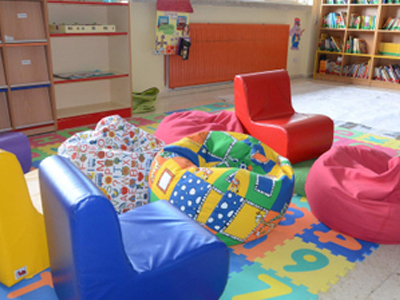 |
Guiding School-Age Children in Groups |
2.00 |
When large numbers of children are involved in the program, it is challenging to create and deliver school-age program activities that can meet the needs of all children. The key to success is taking a systematic approach to program planning. It is important for staff to understand how to select appropriate activity options and use effective management strategies that make it possible to offer a balanced variety of simultaneous activity options. This understanding will help staff plan and implement a program that effectively supports, nurtures, and guides individual differences and fosters positive interaction among children in groups. |
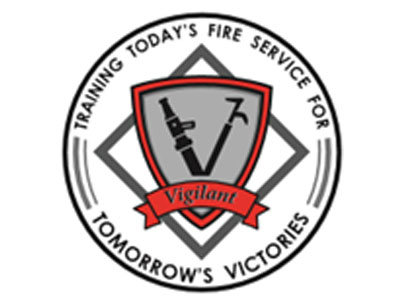 |
Handline Operation #1101 (Instructor Guide) |
1.00 |
This is the Instructor Guide for Lesson #1101 Hoseline Operation. This training session is a skill demonstration and evolution. The presentation is an instructor lead discussion that reviews the importance of fire streamflow for structural firefighting. The lesson reviews standard GPM flows for the AHJ appliances and discusses appropriate situations for the use of those appliances. The training session is concluded with three skills stations that require firefighters to operate hoselines and fire streams from an exterior position. |
 |
Food Allergy Basics in Early Childhood (CDA 1 and 5) |
3.00 |
Welcome to Food Allergy Basics in Early Childhood. This course is focused on ways to prevent accidental exposure to foods that can cause an allergic reaction. You will be able to describe ways to prevent accidental exposure to foods that cause an allergic reaction. You will also be able to demonstrate how to read a food label to reduce the risk of accidental exposure to foods that can cause an allergic reaction. In addition, you will learn how to use a Food Allergy and Anaphylaxis Emergency Care Plan to care for a child with a food allergy and identify the symptoms and triggers of food allergies. This course is also designed to be part of a Child Development Associate (CDA) Credential™ curriculum. It covers Subject Area 1: Planning a Safe, Healthy Environment to Invite Learning and Subject Area 5: Managing an Effective Program Operation. |
 |
Social-Emotional Learning, Character Building & Enhancing Quality |
2.00 |
By the end of this course, you will be able to:
Strengthen your understanding of the social-emotional learning and character building that expanded learning programs support.
Be able to articulate what social-emotional learning and character development looks like in children and youth.
Identify the connection between quality standards and social-emotional learning and character development. |
 |
Introduction to Eldercare |
2.75 |
This course will equip you with the essential knowledge to navigate the unique challenges and opportunities that come with caring for older adults. |
 |
Making Educators Partners in Suicide Prevention |
0.75 |
This course covers Making Educators Partners in Suicide Prevention. It is just one of many educational courses we offer. This course will help you develop new knowledge about children and help you better understand your role. This course will give you a broad overview of suicide statistics and the disparities that come with it. It will then give you an understanding of what educational professionals can do to help their students who are at risk and provide you with strategies recommended by the CDC. |
 |
Medication Administration in Child Care |
0.50 |
This course covers Medication Administration in Child Care. It is just one out of many educational courses we offer. This course will help you develop new knowledge about children and help you better understand your role. In this course, you will learn about common medications children may take while under your care and the policies and guidelines for administering them. You will also read about adverse reactions and how to respond in an emergency. You will gain a greater understanding of the importance of safe drug administration. |
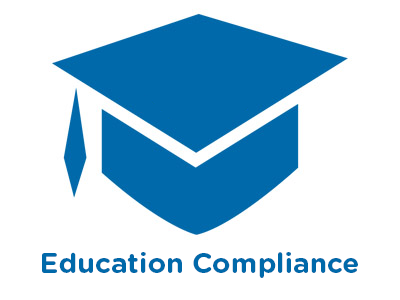 |
Title IX Guidance Changes - September 2017 |
0.17 |
In September 207, United States Department of Education Secretary Betsy DeVos rescinded Obama-era guidelines related to how colleges and universities investigate campus assaults. This course reviews the background of those changes, its criticism and responses, as well as new interim measures and timelines to make those changes. |
 |
Human Relations Skill Development |
2.00 |
Being able to communicate effectively is an essential human relations skill for school-age care professionals. To be a good communicator, school-age professionals need to understand the components of communication and how the communication process works. They need to identify barriers to clear communication and develop strategies for minimizing or eliminating barriers to communication. School-age care professionals also need to work cooperatively with other team members to solve problems and conflicts. This requires an understanding of how teams work and the characteristics of effective teams. Assessing the current status of personal human relations skills helps each professional identify priorities for making improvements to these skills. |
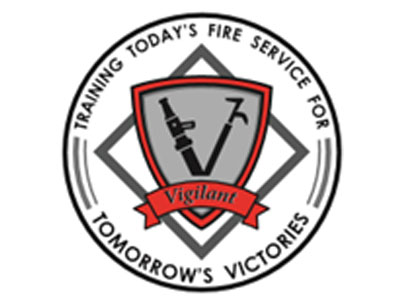 |
Interior Attack Operation #1121 (Instructor Guide) |
1.00 |
This is the instructor guide for the Interior Attack Operation Drill. This course will prepare the instructor to present and conduct this training session to an audience of firefighters. Course set-up requirements are described along with identification of key points and instruction for the demonstration and performance of the skill requirement of this training. |
 |
Instructional Planning for Paraprofessionals |
0.50 |
This course covers the instructional responsibilities of a paraprofessional in the classroom. It is just one of many paraprofessional courses we offer. This course will help you understand what your role as a paraprofessional is in supporting students through instruction and how to support teaching and learning. |
 |
Understanding Learning Theories (CDA 8) |
2.00 |
This course dives into the fascinating world of learning theories, empowering you to select activities, courses, and materials that ignite young minds. Explore key concepts that guide your choices, ensuring an age-appropriate and individualized learning experience for every child. Watch their potential blossom as you translate theory into practice, fostering a classroom environment that fuels curiosity and cultivates lifelong learners. |
 |
Understanding Autism in Your Community |
1.00 |
This course is designed to educate communities on how they can work together to be more inclusive and accepting of people with autism. It will give you an overview of the struggles people with autism face and some ways in which communities can make themselves more accessible and autism-friendly. |
 |
Attention-Deficit/Hyperactivity Disorder (ADHD) |
0.50 |
This course covers Attention-Deficit/Hyperactivity Disorder, also known as ADHD. A key discussion point of this course is whether ADHD is the wandering of attention, which is a trait, versus the deficit of attention, which is a disorder. We'll cover topics that include what ADHD is, its characteristics, the signs of ADHD, and possible medications or accommodations. It is just one out of many educational courses we offer. This course will help you develop new knowledge about children and help you better understand your role. |
 |
Autism and Bullying |
0.50 |
This course covers Autism spectrum disorder (ASD) and Bullying. The course will begin by going over what autism is, and then it will continue to teach you about the bullying that may occur along with it, and how you can assist. This content will help you learn more about children with ASD and will help you understand how you might support these children. |
 |
School-Age Health Guidelines to Promote Healthy Eating and Physical Activity |
0.34 |
At the end of this course, participants will be able to define the terms overweight and obesity, know health consequences of childhood obesity, and explain the purpose of CDC’s School Health Guidelines to Promote Healthy Eating and Physical Activity. They will also identify at least two healthy eating and two physical activity policies or practices that can be implemented in schools to address obesity. Participants will also be able to create guidelines to address problems in their area as well as find stakeholders that need to be informed of the guidelines.
|
 |
Exploring Developmental Needs and Characteristics of Different Age Groups |
2.00 |
Certain developmental needs and traits are associated with younger school-age children, while others are typical of older school-age children and youth. While the differences between school-age children of different ages are not clear-cut, there are some general traits and tasks that are often associated with younger (ages 5 – 7), middle (ages 8 – 10), and older (ages 11 – 12) school-age children and youth. Understanding these differences helps staff plan appropriate activities and guidance strategies for children of different ages. |
 |
Learner Development and Individual Learning Differences |
2.00 |
This course covers the different characteristics of students and their unique learning needs. It highlights the impact of disabilities on the development of individual students and their families and how best to support them. This course will help you develop new knowledge about students and help you understand your role as a paraprofessional. It is just one of the many paraprofessional courses we offer. |
 |
Innovative Learning for Modern Educators |
1.50 |
This course is designed to empower educators with the knowledge, skills, and tools necessary to seamlessly integrate innovative learning strategies into their classrooms. It is just one out of many educational professional courses we offer. Educators will develop the expertise to elevate student engagement, retention, and outcomes, surpassing the limitations of traditional teaching methods. Tailored to inspire, challenge, and guide, this course is a transformative journey for educators, equipping them to create enriched and dynamic learning experiences. |
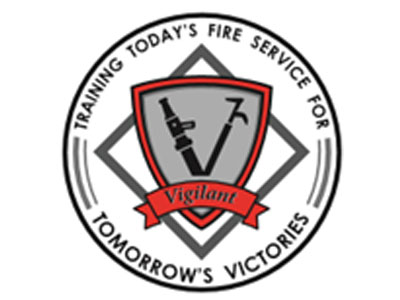 |
Fire Behavior Basics #401 (Instructor Guide) |
1.00 |
This is the Instructor Guide for Lesson #401 Fire Behavior Basics. This instructor guide provides the instructor with lesson background, key points and delivery methods. Required lesson materials including lesson plan, presentation, and evaluation quiz with answer key. Included in this guide is an explanation video of the presentation that describes each slide of the lesson. |
 |
OSTPD - Supporting Attendance through After School Programming |
1.00 |
This training will cover a number of areas regarding how after school programs can support youth attendance in school. By looking at and exploring the connection between after school programming and attendance in school, we see how after school programming supports attendance at school as well as how to coordinate with the school in order to maximize the positive impact of after school on school attendance through collaboration. |
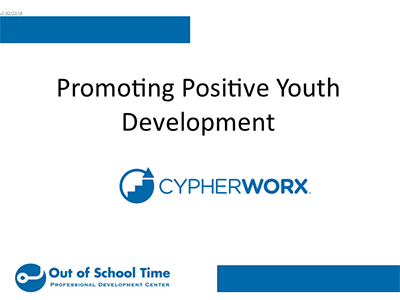 |
OSTPD - Promoting Positive Youth Development |
1.00 |
This training will define Positive Youth Development, benefits of Positive Youth Development and how to implement Positive Youth Development. |
 |
OSTPD - Supporting Alternative Pathways through Service Learning |
1.00 |
This training will cover a number of areas regarding how after school programs can support alternative pathways by using service learning. The course will review what service learning is and provide a solid foundation of this concept. It will then look at the benefits of service learning followed by how service learning supports youth’s alternative pathways. It will conclude with information on how to get started and creating a path to implement service learning in your own program.
|
 |
After School Improvement Series: Outdoor Environments |
0.50 |
The After School Improvement Series: Outdoor Environments course will:
Describe different types of outdoor environments, along with the opportunities and challenges each one offers.
Discuss the role outdoor environments play in encouraging children to be active, while promoting a range of different experiences.
Identify the steps you can take to ensure that the outdoor environment is safe and accessible for all children.
Explore how outdoor environments can be used to extend learning opportunities found in indoor environments.
|


























